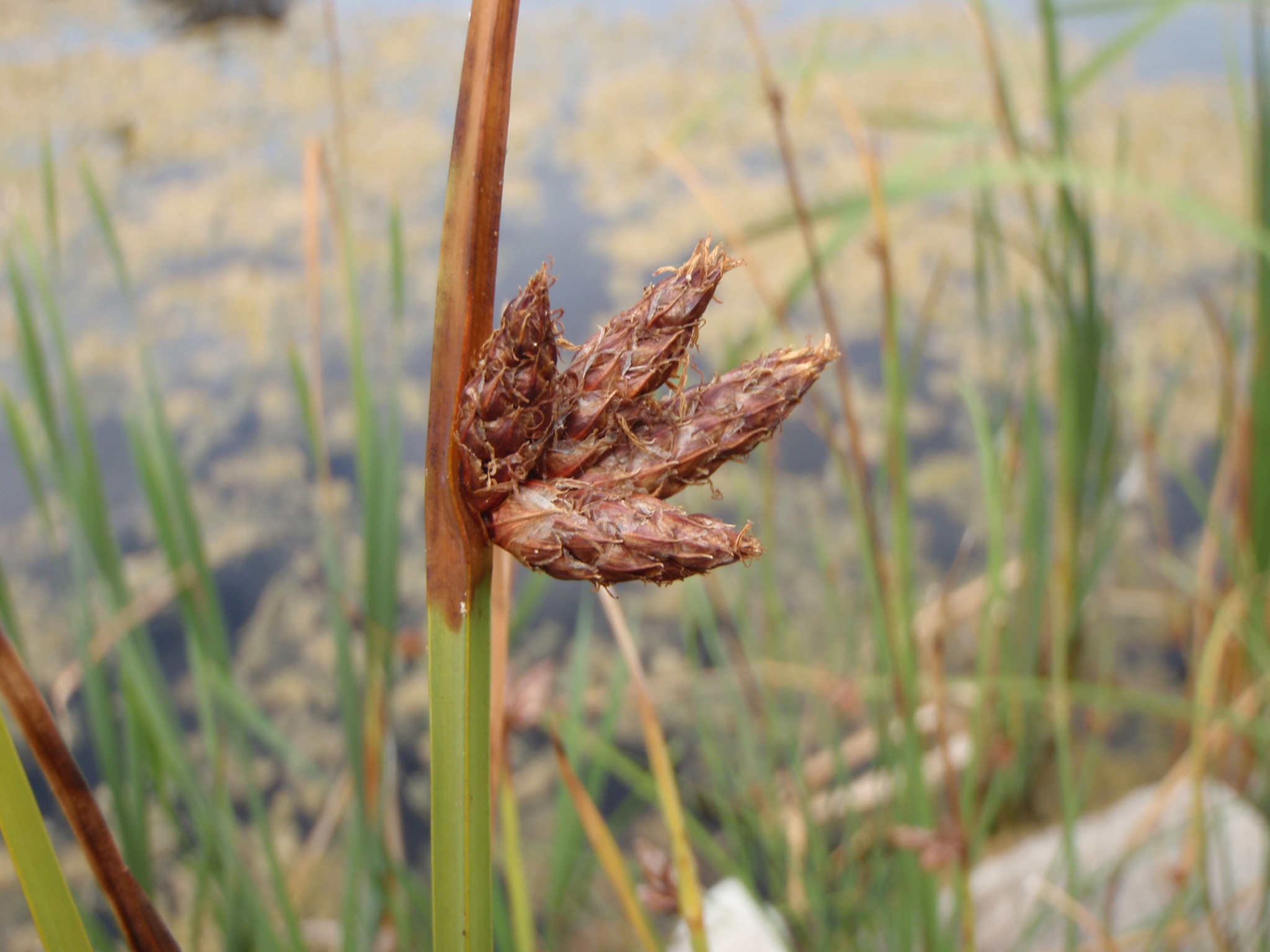Scientific Name: Schoenoplectus pungens
Common Name: sharp clubsedge
Family Classification (Clade): Monocots
Family: Cyperaceae
Form Description: Summer-green perennial sedge with triangular, sharp-edged stems and blue-grey to lime leaves.
Height (m): 0.15 – 1.2
Flowers: A head of 1-5 spikelets, bright purplish-brown.
Fruit: Nut – egg-shaped, smooth dark brown, 3mm long. Seed heads turn brown when seed is ripe.
Municipality
Plant Communities
Habitat Notes
Saltmarshes, wetlands and fresh and brackish swamps near the coasts and inland at low altitudes.
General Notes
Dies down in winter.
Propagation Calendar
-
Flowering Month
Jan Feb Mar Apr May Jun Jul Aug Sep Oct Nov Dec -
Seed Collecting Month
Jan Feb Mar Apr May Jun Jul Aug Sep Oct Nov Dec -
Sowing Month
Jan Feb Mar Apr May Jun Jul Aug Sep Oct Nov Dec -
Cutting Month
Jan Feb Mar Apr May Jun Jul Aug Sep Oct Nov Dec
Propagation Method
Seed Information
Seed Collection
Seed heads release nuts easily when ripe. Seed is released within 3-14 days of seed maturity, and produced in good quantity.
Seed Treatment Method
Bog Method The seeds of many wetland species need to be kept wet to germinate. Punch a hole in the side of a recycled polyfoam box so that it holds water to the required depth. Sit the tubes in the box to germinate. Once germinated, punch holes in the bottom of the box to allow drainage.
Seed Treatment Notes
Several months dry storage may be required. Surface sow, or cover lightly. Smoke treatment or leaching may be useful.
Cutting & Division Information
Can be grown from division, but this is labour intensive.
